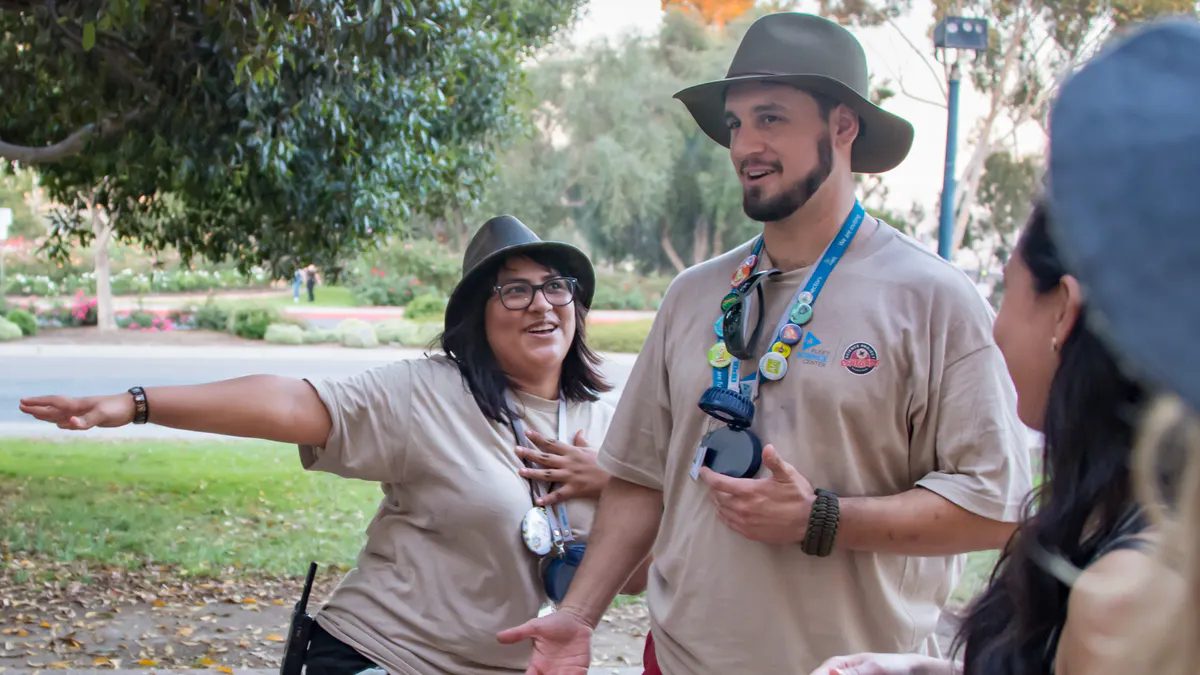
SCIENCE IS FUN AT SAN DIEGO’S FLEET SCIENCE CENTER IN BALBOA PARK
See places you’ve been before in ways you’ve never seen before.
RENEGADE SCIENCE PROJECT
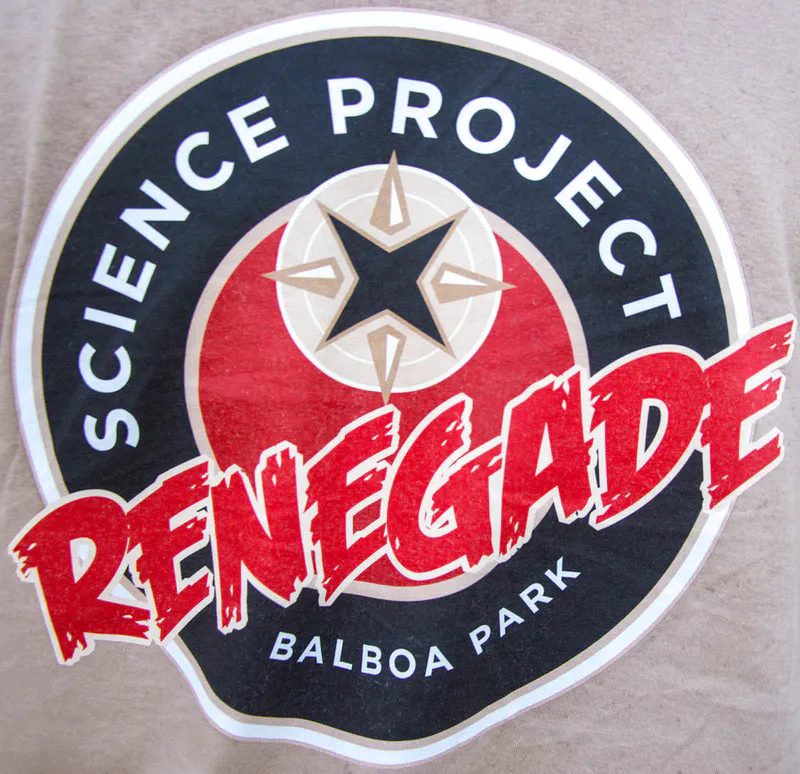
Science can be good exercise! The Fleet Science Center, in conjunction with Museum Hack, has developed a rather unique outdoor experience.
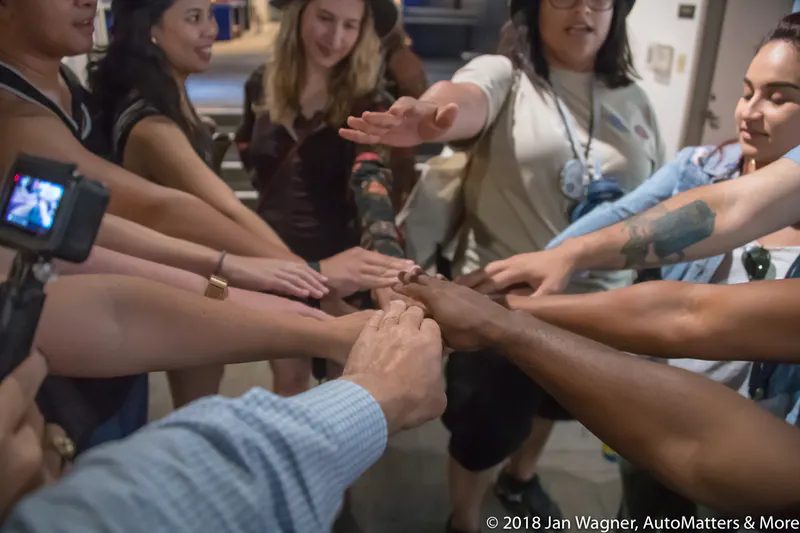
– Let’s do this! One for all and all for one!
You’ll be taken on a fascinating 90-minute, approximately 1-1/2-mile walking tour of Balboa Park, during which your group’s leader will challenge you to see things in new ways.
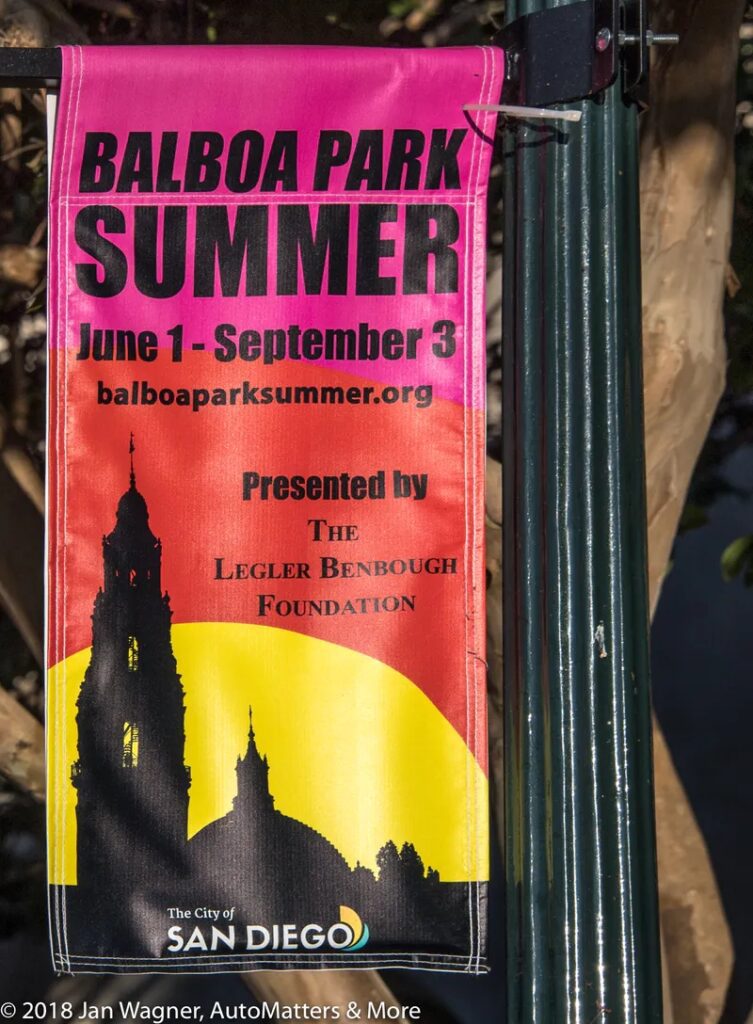
To make things even more interesting, you’ll compete for prizes.
On the day of my tour, we were challenged to look for faces in nature and man-made objects, and take pictures of them. The only stipulation was that they could not actually be faces. That would have been too easy.

When we stopped to explore a large garden filled with cactus, it was suggested to us that those cactus plants provided the inspiration for Dr. Seuss, the famous and beloved author of children’s literature.
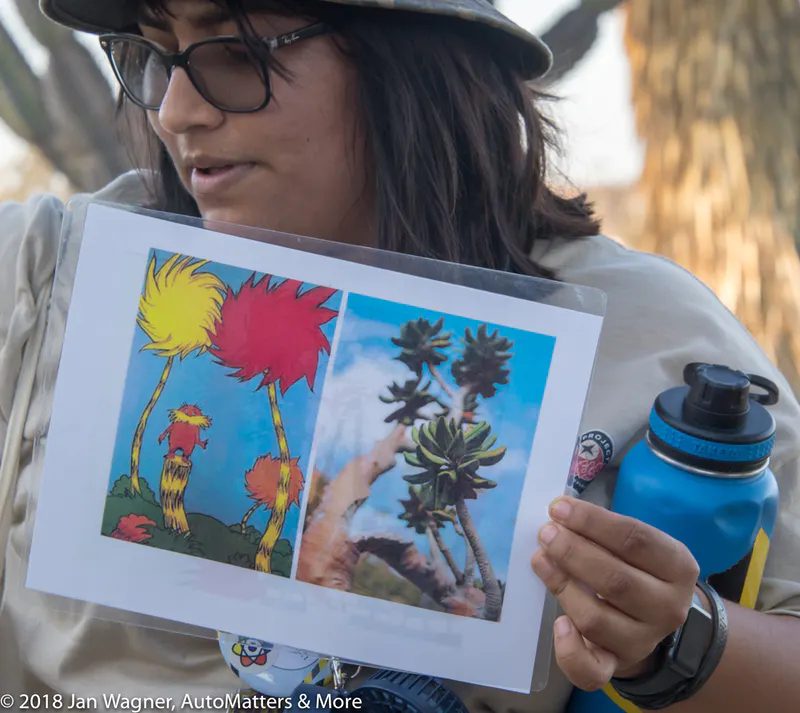
– Were the plants on the right inspiration for Dr. Seuss?
We were challenged to take selfies with the plants positioned to look like our hair (hint: selfies are more easily taken with a cell phone than with a professional DSLR).
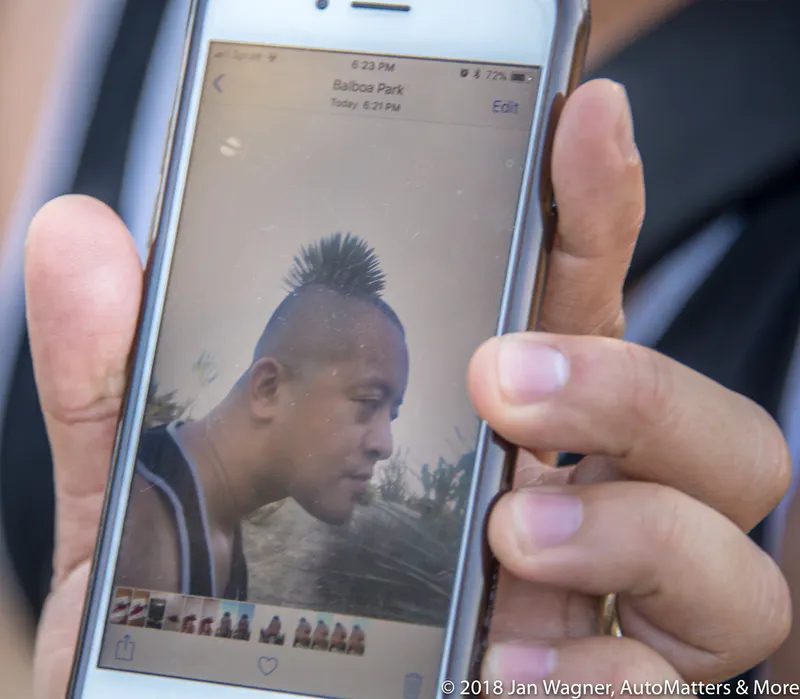
– Selfie with a plant for hair.
On that day Balboa Park was about to have an organ concert at the Spreckels Organ Pavilion.

– The Spreckels Organ Pavilion.
Rather than let everyone cool their heels and wait for that concert to begin, kazoos were passed out so that we could entertain them!
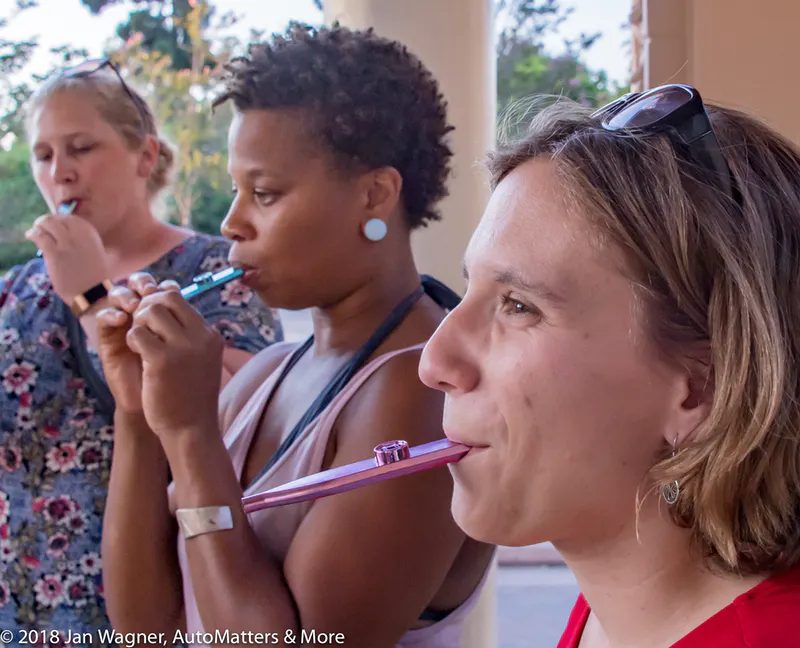
– Our kazoo concert.
At one beautiful location, we learned about the very high tensile strength of palm fronds and then had a tug-of-war.

– Beautiful palm fronds.
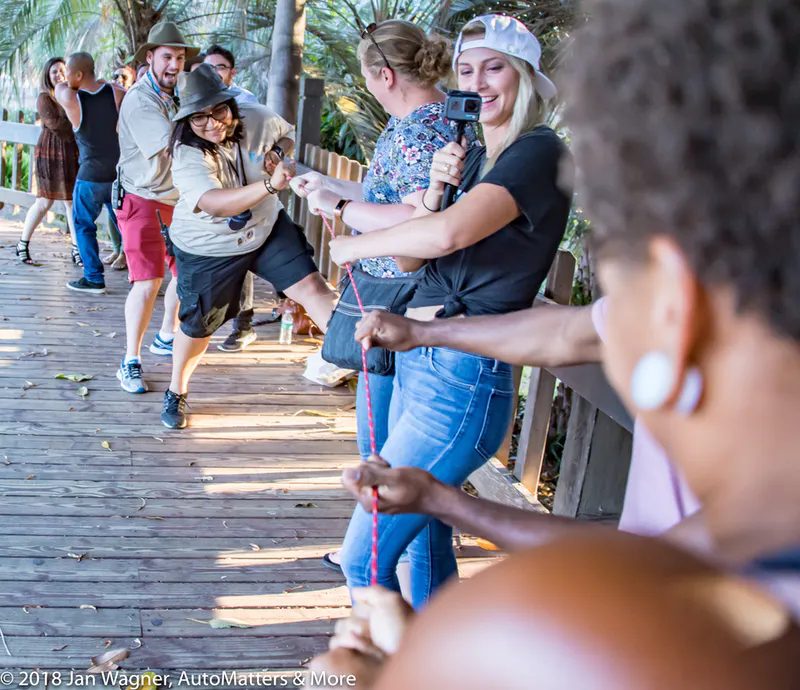
– Having fun with a friendly Tug-of-War.
At the Lily Pond in front of the historic Botanical Building, we were shown a black & white photo, taken long, long ago at the 1915 Panama-California Exposition, of people actually standing on huge lily pads – in the very pond that we were standing in front of. These days lily pads are still there, but they are much smaller. While we were there we learned how to distinguish between the male and female ducks in the pond.

– Lily Pond in front of the Botanical Building.
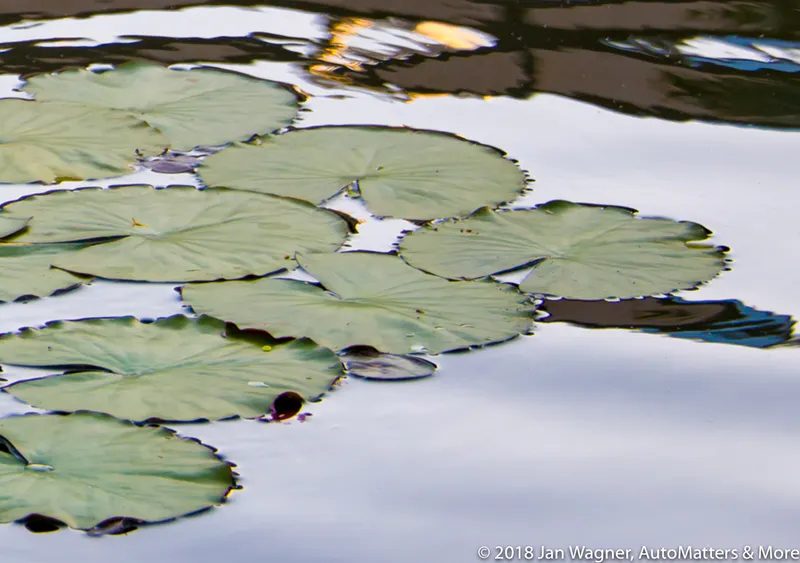
– Lily pads today.
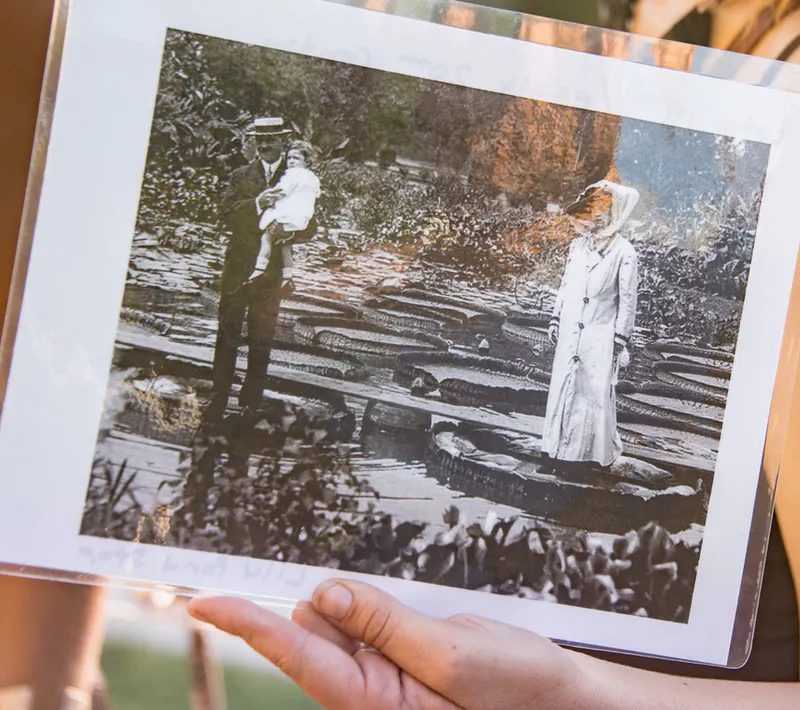
– The lily pads were large and strong enough to stand on a century ago.
We were shown what happens when chalk reacts with vinegar, and how acid rain could eat away at the sculptures in the sculpture garden.
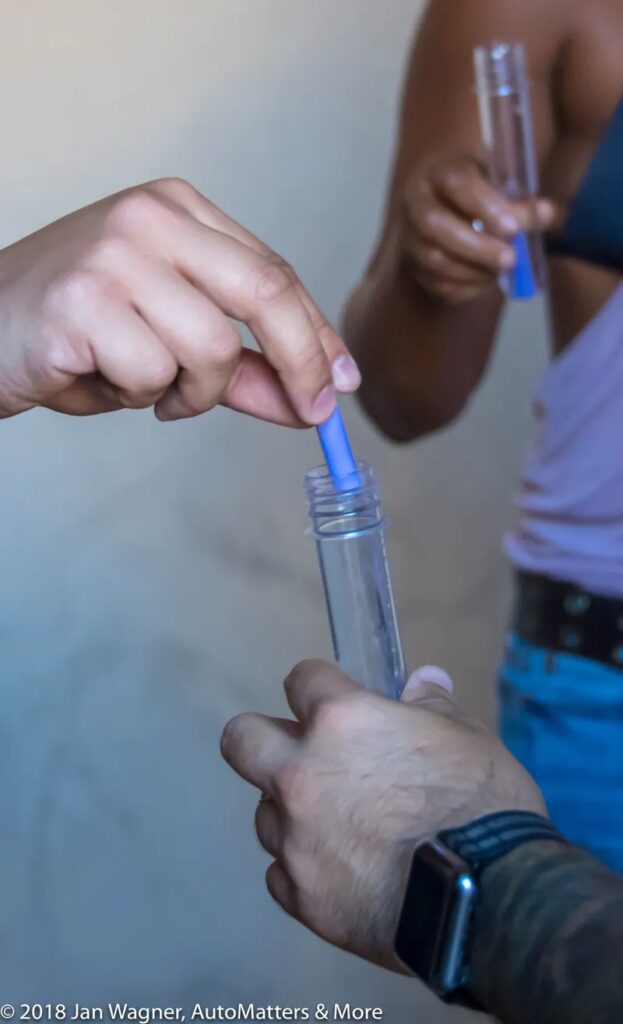
– A science experiment with chalk and vinegar: before…
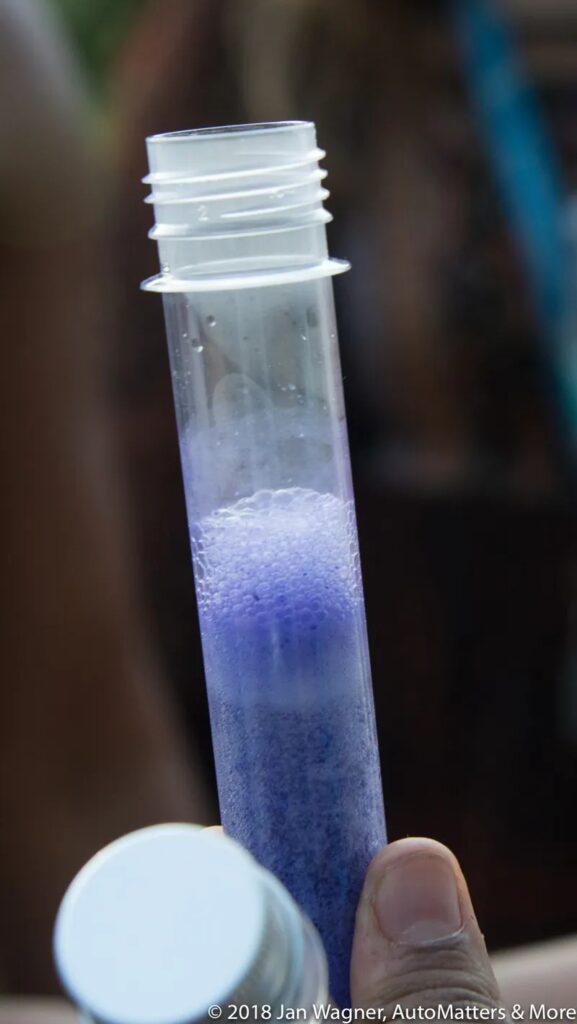
– … and after…

– … with real-world applications for corrosion by acid rain.
For a snack we were given hard candies made with honey, after we learned about how important the contributions of honey bees are to the preservation of our food supply, and that the bee population is under threat.

– A natural sweet treat from honey bees.
It seems like everywhere we turned provided yet another opportunity to learn something about science.

– Ficus macrophylla (“Moreton Bay Fig”), planted prior to the 1915 Panama-California International Exposition.
The Renegade Science Project begins at the Fleet Science Center and includes admission to the Fleet’s regular exhibits and an IMAX film, all for $39.95 ($34.95 for Fleet members). Tours are offered seven days a week for up to 15 renegades.
Reserve your date and time at the Fleet ticket counter or at fleetscience.org/events/renegade-science-project.
STUDIO X

Everyone, from children to adults, will love Studio X at the Fleet Science Center. This has evolved over the years into its own dedicated, colorful room that will inspire you to create, and then provide the tools for you to realize your dreams.
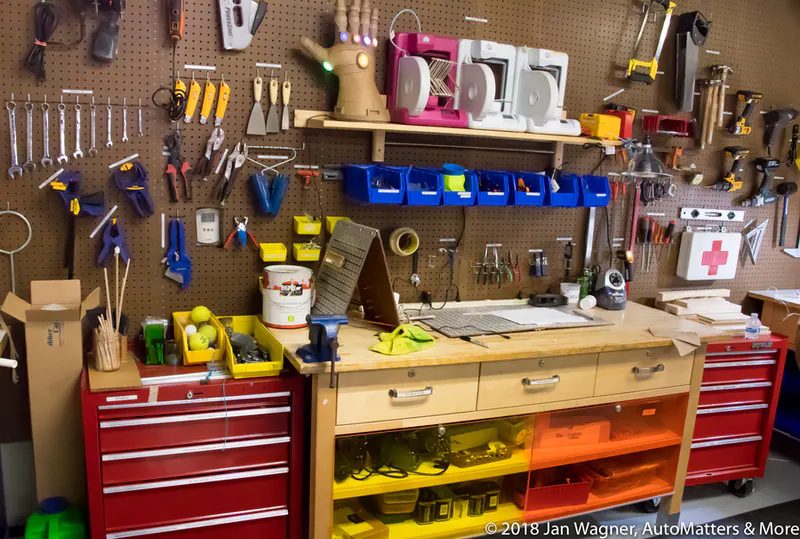
– Tools, including 3D printers, to turn your dreams into reality.
The room is lit with colorful STAR WARS ‘Death Star’ interactive, hanging lights.
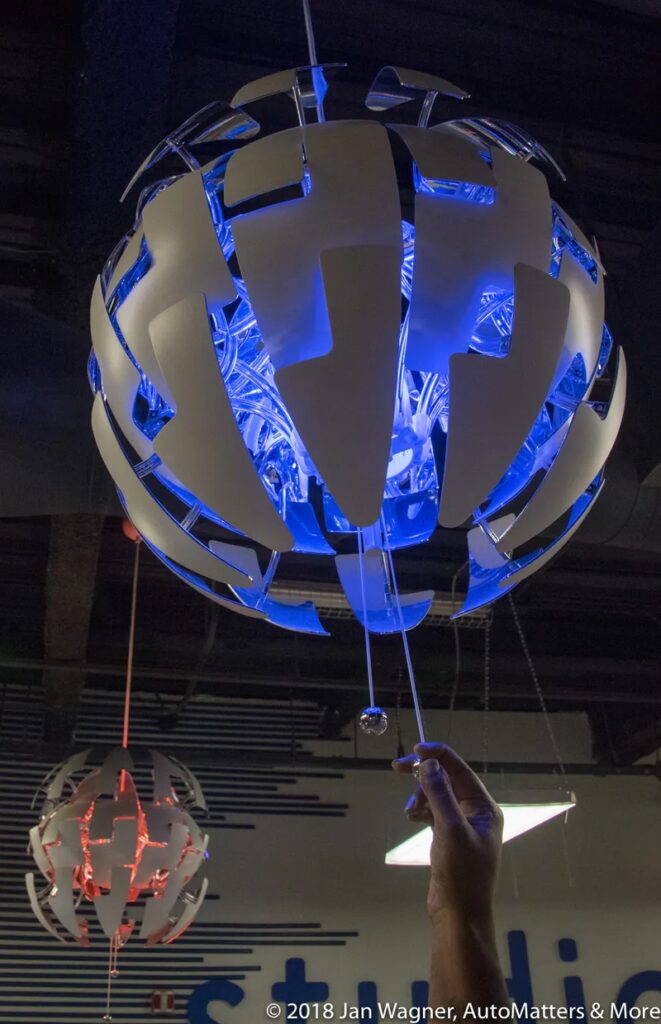
– Interactive STAR WARS lighting.
Around the room are samples of projects made from common, readily available – and often recycled – materials and old devices that you do not use anymore.
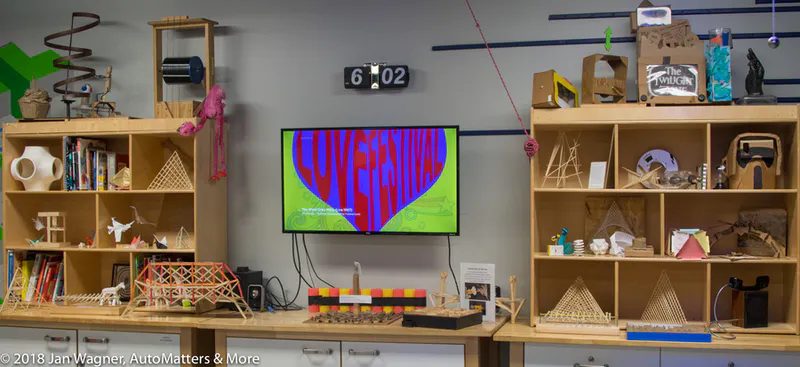
– Completed projects will inspire you.
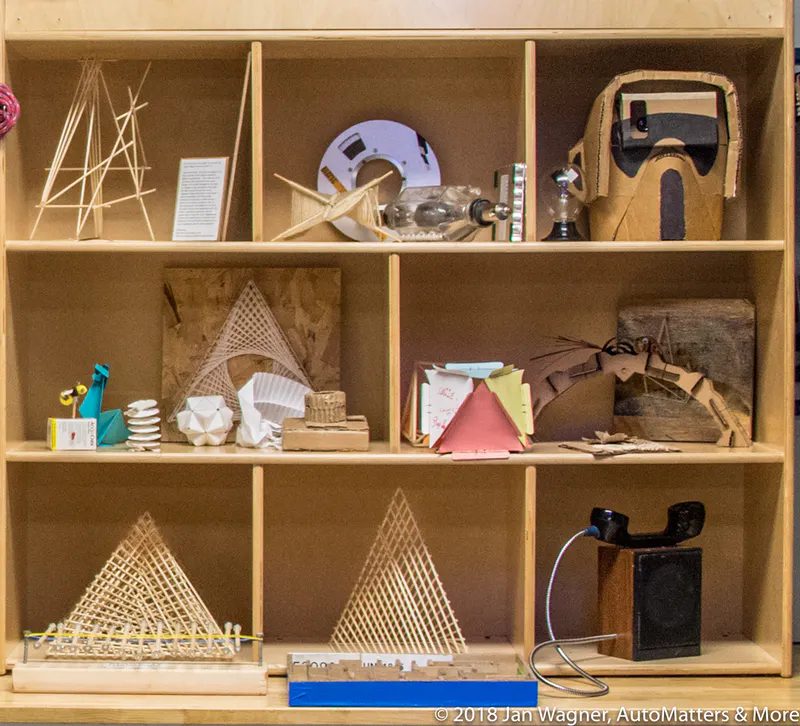
One in particular caught my attention. A handset from a payphone was attached to a small bookshelf speaker. It is a speakerphone – get it?!
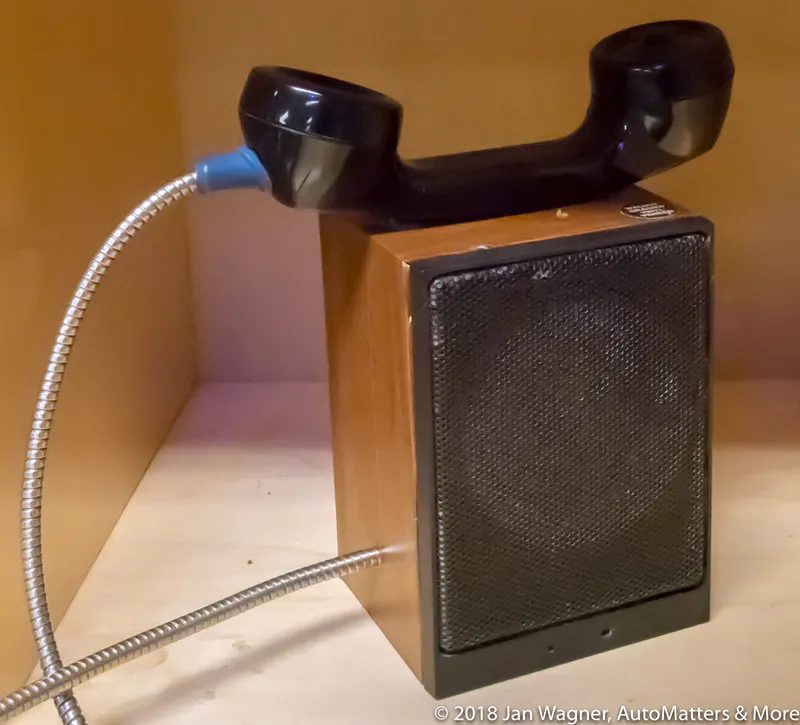
– A speakerphone! Now that’s clever!
Another item was similar to the one that I had built at the Fleet several years ago. It was a DSLR camera, made out of cardboard and assembled with the aid of a glue gun.
Yet another was a multilevel maze, in which a marble rolled along a track made from thin dowel-like pieces of wood.
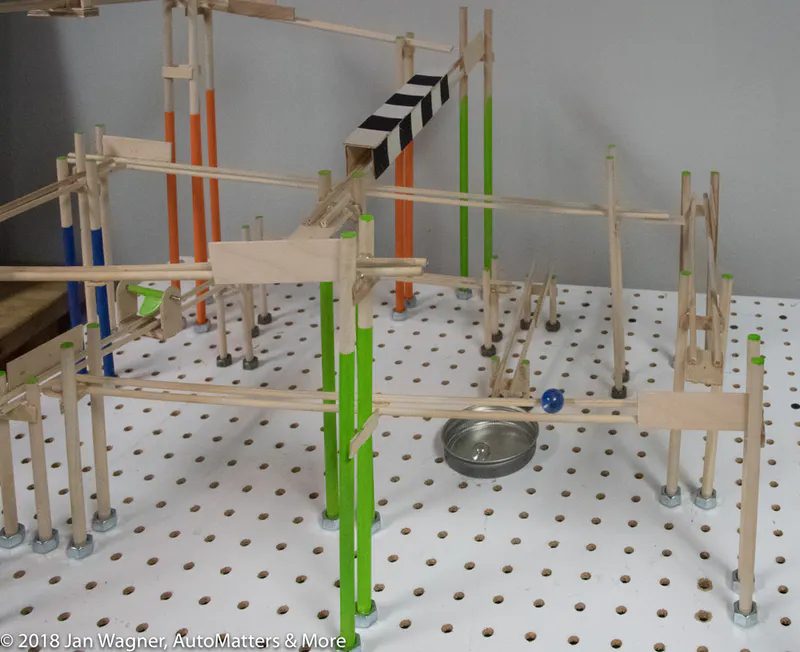
– A clever marble maze that worked perfectly, every time!
Upcoming Saturday “MAKE-IT Workshops” include “Marshmallow Shooter” (Aug. 4, noon to 2 p.m.) and “Shibori” (Aug. 25, noon to 2 p.m.). In “Marshmallow shooter,” practice your hand-eye coordination while using tools like the hand saw and learn how to use your diaphragm properly to launch a marshmallow out of your own personally constructed launcher.
Shibori is a Japanese term for methods of dyeing cloth by binding, stitching, folding, twisting and compressing fabric. Learn the different techniques to dye fabric.
$5 includes all materials. Space is limited; first-come, first-served.
Also check out “Friday Nights in Studio X,” with metal stamping on Aug. 10 and 17, and Shibori on Aug. 24 and 31.
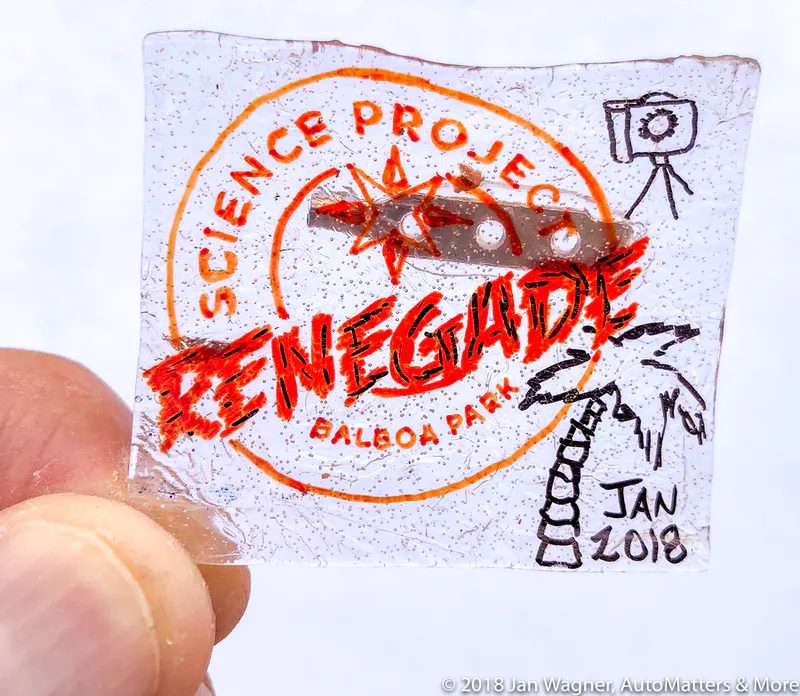
– My little Renegade Science Project.
COPYRIGHT © 2018 BY JAN WAGNER – AUTOMATTERS & MORE #553R3
